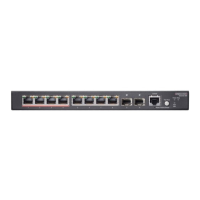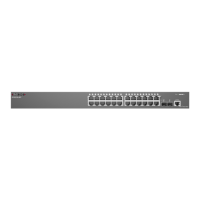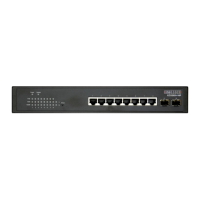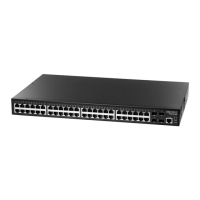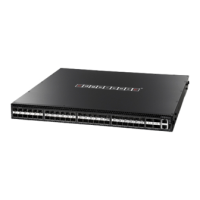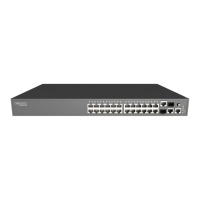Chapter 5
| SNMP Commands
SNMPv3 Commands
– 169 –
port-channel
channel-id (Range: 1-8)
Command Mode
Privileged Exec
Example
Console#show snmp-server enable port-traps interface
Interface MAC Notification Trap
--------- ---------------------
Eth 1/1 No
Eth 1/2 No
Eth 1/3 No
.
.
.
SNMPv3 Commands
snmp-server
engine-id
This command configures an identification string for the SNMPv3 engine. Use the
no
form to restore the default.
Syntax
snmp-server engine-id
{
local
|
remote
{ip-address}} engineid-string
no snmp-server engine-id
{
local
|
remote
{ip-address}}
local
- Specifies the SNMP engine on this switch.
remote
- Specifies an SNMP engine on a remote device.
ip-address - IPv4 or IPv6 address of the remote device.
engineid-string - String identifying the engine ID. (Range: 9-64 hexadecimal
characters)
Default Setting
A unique engine ID is automatically generated by the switch based on its MAC
address.
Command Mode
Global Configuration
Command Usage
◆
An SNMP engine is an independent SNMP agent that resides either on this
switch or on a remote device. This engine protects against message replay,
delay, and redirection. The engine ID is also used in combination with user
passwords to generate the security keys for authenticating and encrypting
SNMPv3 packets.
◆
A remote engine ID is required when using SNMPv3 informs. (See the snmp-
server host command.) The remote engine ID is used to compute the security
digest for authentication and encryption of packets passed between the switch
and a user on the remote host. SNMP passwords are localized using the engine
